Singaporean consumers are increasingly turning to online searches before purchasing beauty products. Whether it’s skincare, cosmetics, or haircare, visibility online can make or break your brand’s success. Leveraging beauty SEO effectively allows your products to not only appear in search results but also gain trust, authority, and ultimately, conversions.
But with so many brands competing for attention, how can your beauty products truly stand out online? By combining a strategic approach to SEO, localized marketing, and high-quality content, beauty businesses can capture the right audience and convert them into loyal customers.
Understanding the Singaporean Beauty Market
Why SEO Matters for Beauty Products
Singaporeans are highly digital-savvy, often researching products online before making a purchase. Ranking high in search results not only drives traffic but also signals trustworthiness and credibility. SEO ensures that your products are visible to potential buyers when they’re actively seeking solutions, making your brand relevant and authoritative in a competitive market.
Consumer Behavior Insights
Local beauty shoppers are influenced by trends, reviews, and recommendations. Many search for specific products like “hydrating serum Singapore” or “vegan lipstick delivery Singapore.” Understanding these intent-driven queries helps brands tailor content, product pages, and marketing strategies to meet customer needs effectively.
Optimizing Your Online Presence
Craft Compelling Product Pages
Every product page should clearly convey benefits, usage instructions, and unique selling points. Keywords should be naturally integrated without disrupting the flow of the content. Writing in a conversational, approachable tone helps engage readers and makes your brand feel more relatable.
High-quality visuals are essential in the beauty industry. Professional images, tutorial videos, and demonstration clips increase user engagement and provide a richer online experience. These elements also contribute to better SEO performance by improving metrics like dwell time and reducing bounce rates.
Content That Captures Trends
Blogging and content marketing are powerful ways to capture trend-driven searches. Educational articles like “Top Skincare Products in Singapore for 2025” or “How to Choose the Right Foundation for Singapore’s Climate” establish your expertise and authority.
Creating how-to guides, tutorials, and trend analyses not only helps users but also signals to search engines that your site is a valuable source of information. Regularly publishing content keeps your website fresh, improves rankings, and builds long-term trust with your audience.
Leveraging Local SEO
Local SEO ensures that your beauty products reach Singapore-based consumers who are ready to buy. Maintaining an up-to-date Google Business profile with photos, business hours, and service descriptions enhances credibility and local visibility.
Incorporating geo-targeted keywords within your content and metadata, such as “beauty products delivery in Singapore” or “Orchard Road skincare shop,” helps your website appear in hyper-local searches. This strategy attracts highly relevant traffic, increasing the likelihood of conversions.
Building Authority and Trust
Social proof is critical in the beauty industry. Showcasing authentic customer testimonials, before-and-after images, and product reviews builds credibility. Positive feedback encourages potential customers to trust your brand and reduces hesitation when making purchasing decisions.
Collaborating with Singapore-based beauty influencers is another effective way to boost authority. Influencer content generates backlinks, increases social engagement, and drives organic traffic to your website, all of which contribute to higher SEO performance.
Monitoring Performance and Continuous Optimization
SEO is not a one-time effort—it’s a dynamic, ongoing process. Tracking key metrics such as organic traffic, keyword rankings, click-through rates, and conversion rates helps you understand which strategies are effective.
Regularly updating content, optimizing product pages, and refreshing keywords based on trends ensures that your brand maintains visibility and continues to attract relevant customers. Staying proactive allows your beauty business to adapt to changing search behaviors and maintain a competitive edge in Singapore.
Final Thoughts
Making your beauty products shine online in Singapore requires a careful balance of keyword research, content creation, local SEO, and authority-building strategies. By implementing these proven SEO techniques, your brand can boost visibility, attract the right audience, and establish trust with potential customers. Working with a specialized agency like Authority Lighthouse can further strengthen your efforts by providing strategic guidance tailored to the unique needs of Singapore’s beauty market.
SEO rewards consistent effort and high-quality optimization. Start applying these strategies today—with the support of Authority Lighthouse if you want expert direction—and your beauty products will not only appear in searches but also stand out as credible, desirable options for Singaporean consumers.
FAQs
How can small beauty brands compete online in Singapore?
Focus on niche, trend-driven keywords, optimize product pages, and leverage local SEO to attract the right audience effectively.
How important are product reviews for SEO?
Extremely. Reviews build trust, encourage conversions, and contribute to search engine rankings through fresh, user-generated content.
Can social media impact SEO for beauty brands?
Yes. Social engagement drives traffic, generates backlinks, and enhances brand authority, all of which support SEO efforts.




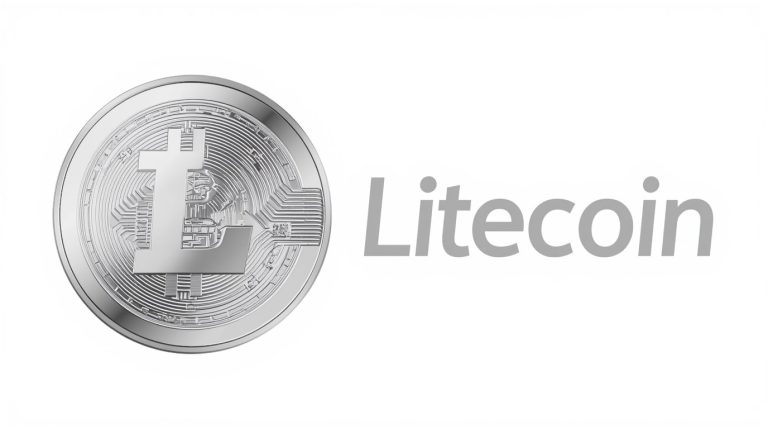
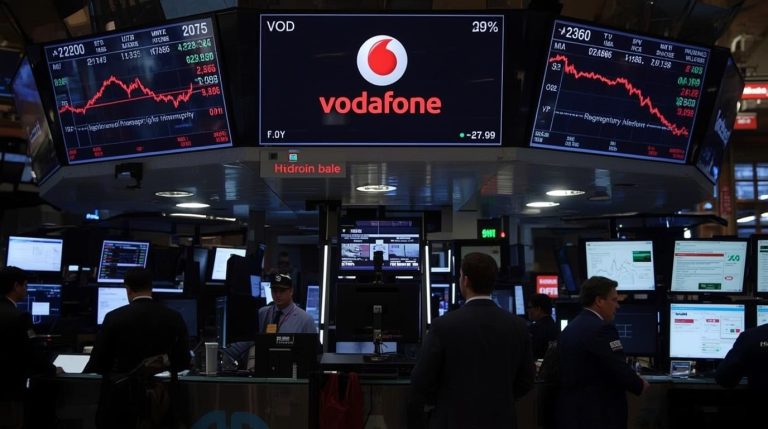
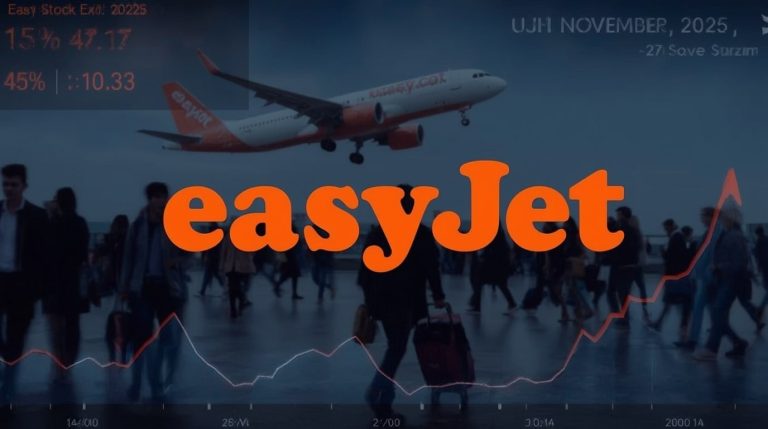
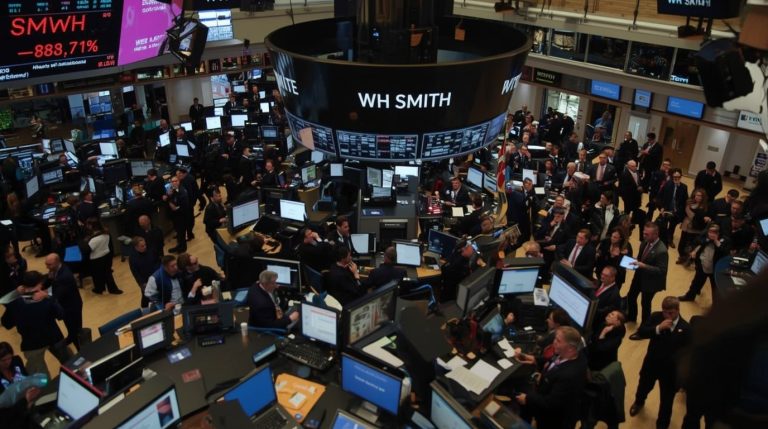
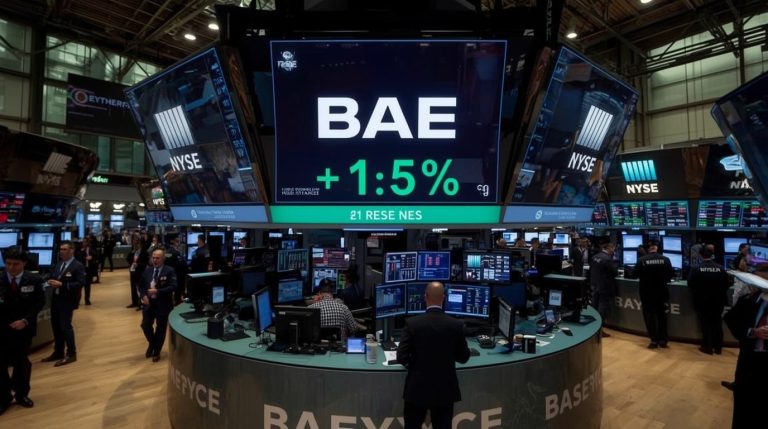
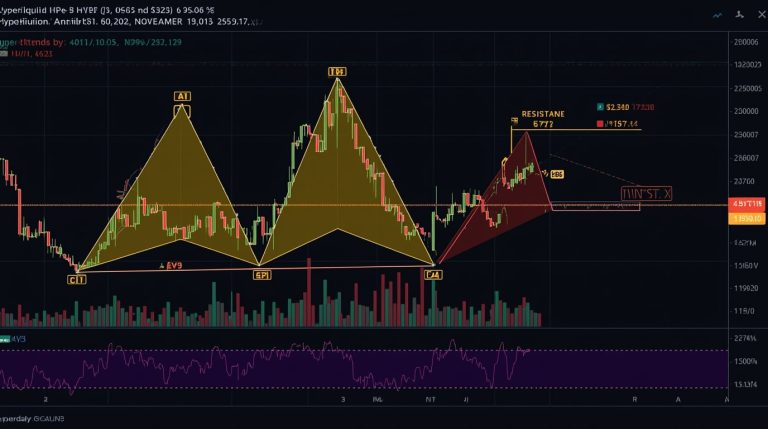


 Bitcoin
Bitcoin  Ethereum
Ethereum  Tether
Tether  XRP
XRP  USDC
USDC  Wrapped SOL
Wrapped SOL  TRON
TRON  Lido Staked Ether
Lido Staked Ether  Cardano
Cardano  Avalanche
Avalanche  Toncoin
Toncoin